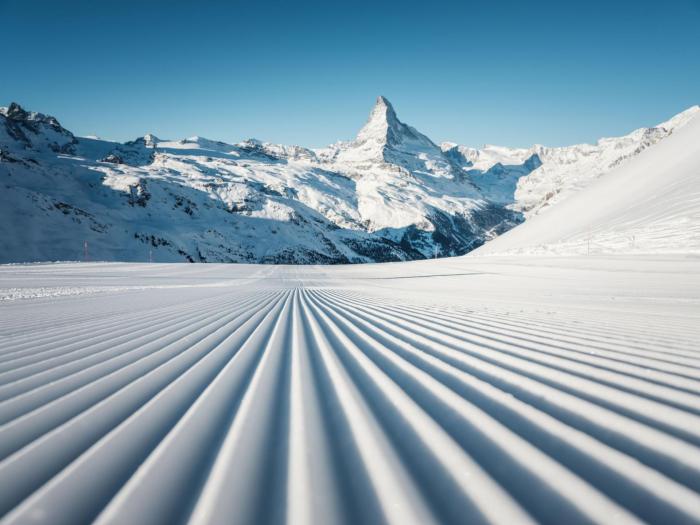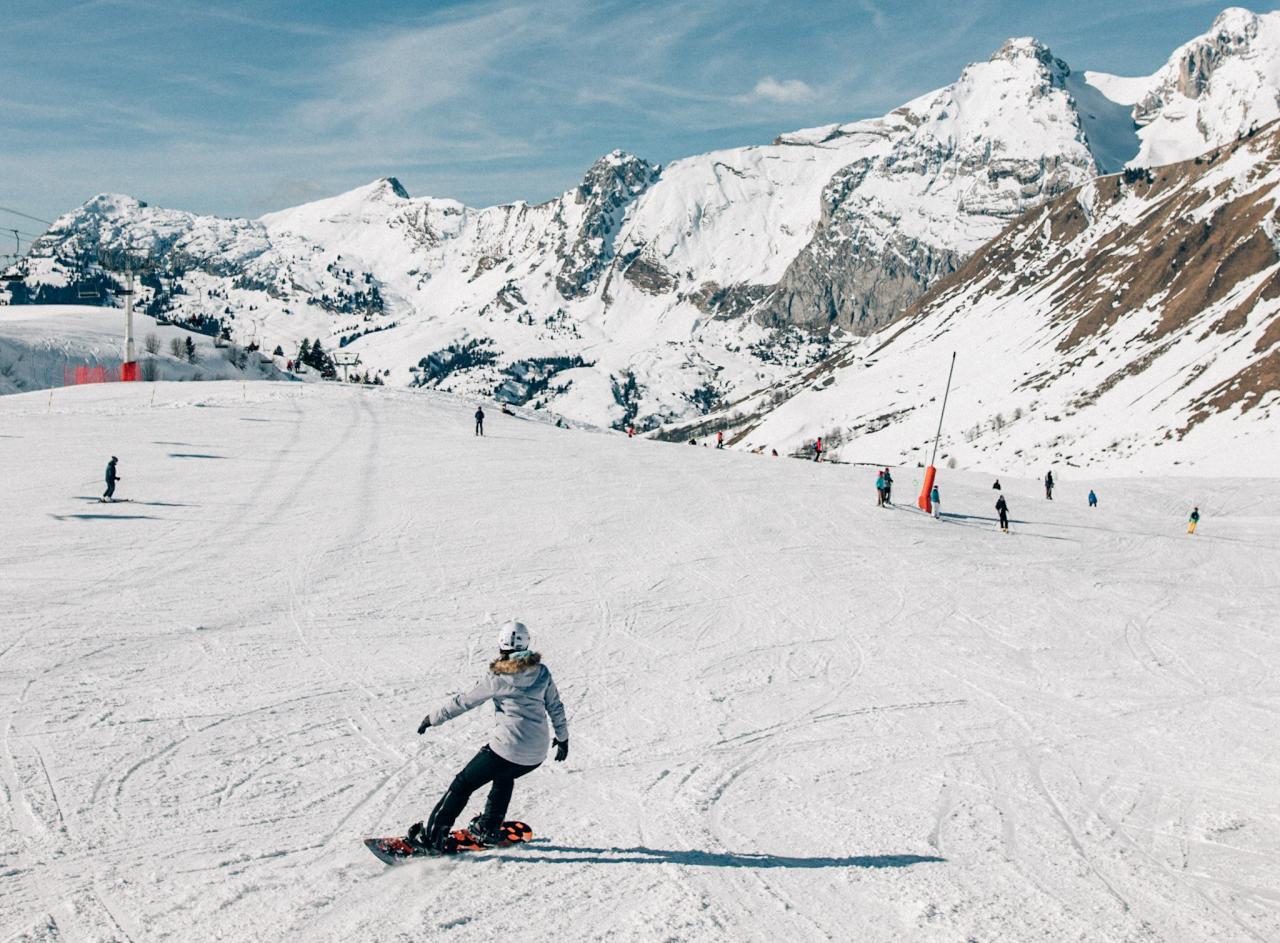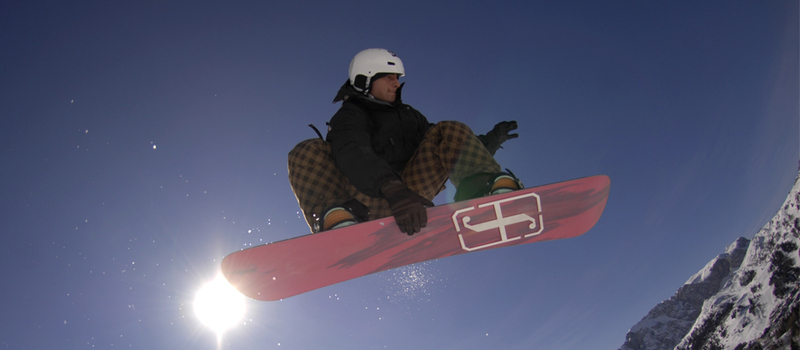Get ready to hit the snowy trails with our ultimate guide on Cross-Country Skiing Tips! From must-have gear to optimizing performance, we’ve got you covered. Let’s dive in!
Cross-Country Skiing Tips

Cross-country skiing is an exhilarating winter sport that requires the right gear and technique for a successful experience. Here are some essential tips to help you make the most of your cross-country skiing adventure.
Essential Gear Items
- Cross-Country Skis: The most important gear item, make sure to choose skis that are the right length and style for your skill level and terrain.
- Boots: Comfortable and supportive boots are crucial for maintaining control and stability while skiing.
- Poles: Properly sized poles help with balance and propulsion, so make sure to choose poles that are the right length for your height.
Choosing the Right Length of Cross-Country Skis
When selecting cross-country skis, it’s essential to consider your weight, height, and skiing style. Follow these steps to determine the correct ski length:
- Weight: Check the weight range recommendations provided by the ski manufacturer.
- Height: Use a sizing chart to match your height to the appropriate ski length.
- Skiing Style: Consider whether you prefer more stability (longer skis) or maneuverability (shorter skis) for your skiing adventures.
Importance of Waxing and Maintaining Cross-Country Skis
Proper waxing and maintenance of cross-country skis are essential for optimal performance and durability. Here’s why it’s important:
Waxing: Applying the right wax improves glide and traction, depending on snow conditions.
Maintenance: Regularly cleaning, inspecting, and repairing skis ensures their longevity and performance on the trails.
SPORTS TENNIS
Tennis is a popular sport that requires agility, accuracy, and strategic thinking. Let’s explore some key aspects of tennis and how it compares to other sports like basketball or soccer.When it comes to the basic rules, tennis is unique in its scoring system compared to sports like basketball or soccer. In tennis, players must win points, games, and sets to secure victory, whereas in basketball and soccer, the team with the most points or goals wins the game.
Key Differences in Singles and Doubles Matches
In singles tennis matches, players compete one-on-one, relying solely on their skills and strategies to outplay their opponent. On the other hand, doubles matches involve teams of two players on each side, requiring effective communication and coordination to succeed. Doubles matches also involve more teamwork and quick decision-making compared to singles matches.
- In singles matches, players have more court to cover and must rely on their individual strengths to win points.
- Communication and teamwork are crucial in doubles matches, as players need to coordinate their movements and shots effectively.
- Doubles matches often involve more strategic plays and tactical shots, as players have to anticipate their opponents’ moves and adjust their game plan accordingly.
Remember, whether you’re playing singles or doubles, staying focused, communicating with your partner (in doubles), and adapting to different playing styles are key to success on the tennis court.
Improving Tennis Serve Technique for Beginners
For beginners looking to enhance their tennis serve technique, here are some tips to keep in mind:
- Focus on your stance and footwork to ensure a strong and balanced position before serving.
- Practice tossing the ball consistently to the same spot to develop a reliable serve motion.
- Work on generating power from your legs and core, rather than just your arm, to add speed and accuracy to your serve.
- Experiment with different grips and racket angles to find what works best for your serve style.
WATER SPORTS

When engaging in water sports activities, safety should always be a top priority. Here are some precautions to consider before hitting the water:
Safety Precautions:
- Always wear a properly fitted life jacket to ensure buoyancy and safety in case of emergencies.
- Check weather conditions and water currents before starting any water activity to avoid unexpected hazards.
- Stay hydrated throughout the day and protect yourself from sun exposure by wearing sunscreen and a hat.
- Inform someone on land about your plans and expected return time when going out alone on the water.
For beginners looking to start learning water sports like kayaking or paddleboarding, having the right equipment is essential. Here are some items you’ll need:
Essential Equipment for Beginners:
- A suitable kayak or paddleboard based on your preference and skill level.
- A properly fitted paddle that is comfortable to handle and maneuver in the water.
- A life jacket that fits snugly and provides proper buoyancy in case of accidents.
- Appropriate clothing for water activities, including quick-dry materials and water shoes.
Engaging in water sports not only provides a fun and exciting experience but also offers numerous benefits for physical and mental health. Here are some advantages:
Benefits of Water Sports:
- Improves cardiovascular fitness and muscle strength through paddling and maneuvering in the water.
- Reduces stress and anxiety levels by being surrounded by nature and engaging in a calming water environment.
- Enhances balance, coordination, and overall body awareness through the constant movement and balance required in water sports.
- Boosts mood and mental well-being by releasing endorphins and promoting a sense of accomplishment and adventure.
WINTER SPORTS
Cross-country skiing and alpine skiing are both popular winter sports, but they have distinct differences. Alpine skiing typically involves skiing downhill on groomed slopes, using ski lifts to access different runs. In contrast, cross-country skiing is done on flatter terrain, with skiers propelling themselves forward using their own movements. It is more of a full-body workout and requires endurance and stamina.
Dressing Appropriately for Winter Sports
When participating in winter sports such as skiing, snowboarding, ice skating, or even just playing in the snow, it’s important to dress warmly to stay comfortable and safe. Layering is key to staying warm while allowing for flexibility in adjusting to changing weather conditions. Start with a moisture-wicking base layer, add an insulating layer, and finish with a waterproof and windproof outer layer.
Don’t forget warm socks, gloves, a hat, and a neck gaiter to protect exposed skin from the cold.
Health Benefits of Winter Sports
Engaging in winter sports activities like ice skating or snowboarding offers a range of health benefits beyond just having fun in the snow. These activities can improve cardiovascular fitness, strengthen muscles, enhance balance and coordination, and boost overall mental well-being. The cold weather can also help increase calorie burn as the body works harder to stay warm, making winter sports a great way to stay active during the colder months.
Final Review
As we wrap up our journey through Cross-Country Skiing Tips, remember to gear up, wax those skis, and enjoy the thrill of gliding through winter wonderlands with confidence and style. Happy skiing!
Question Bank
What are the most important gear items for cross-country skiing?
Essential gear includes skis, bindings, and poles.
How do I choose the right length of cross-country skis?
Consider your weight, height, and skiing style to determine the correct ski length.
Why is waxing important for cross-country skis?
Waxing helps optimize performance by reducing friction and improving glide.





